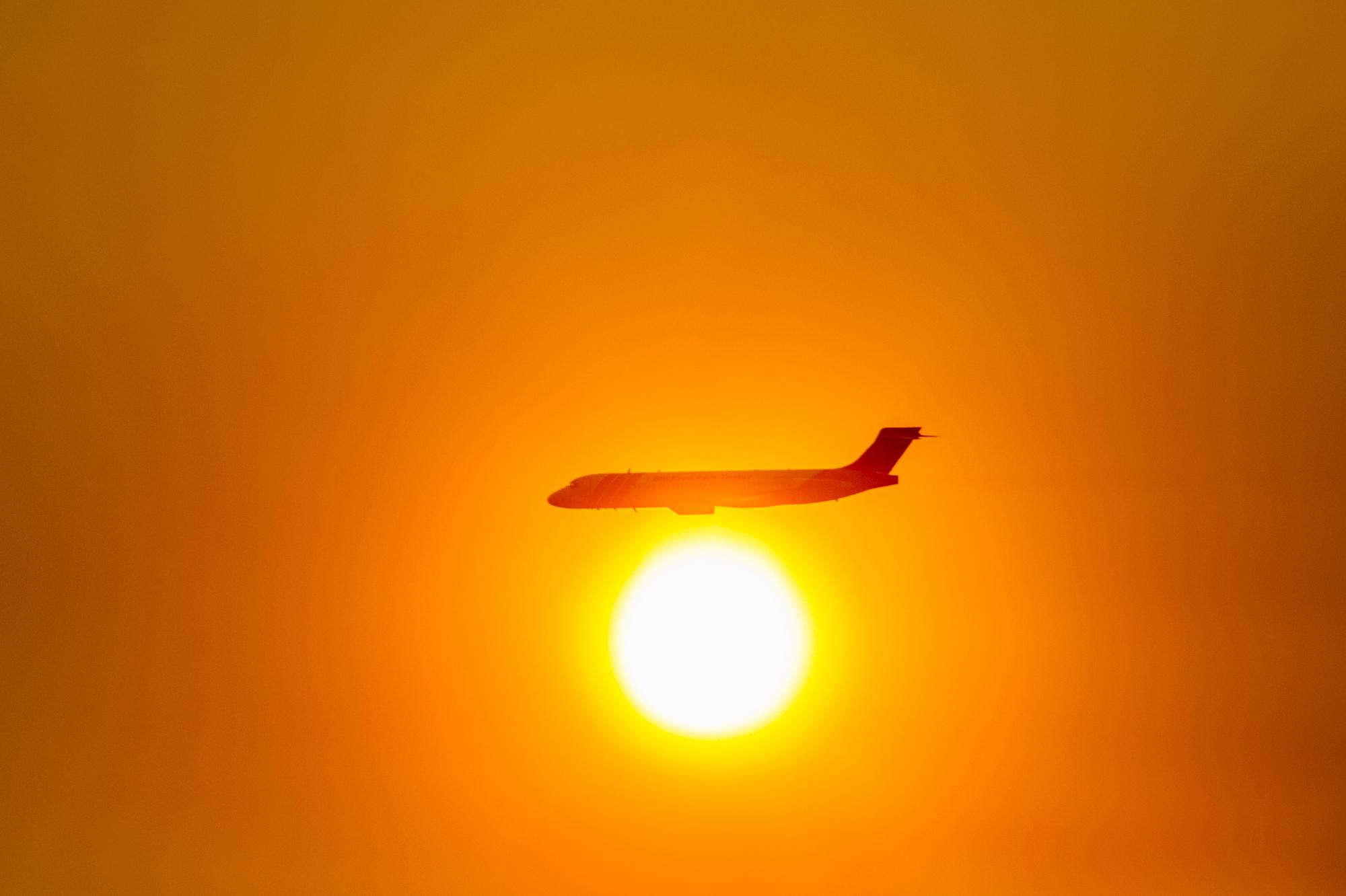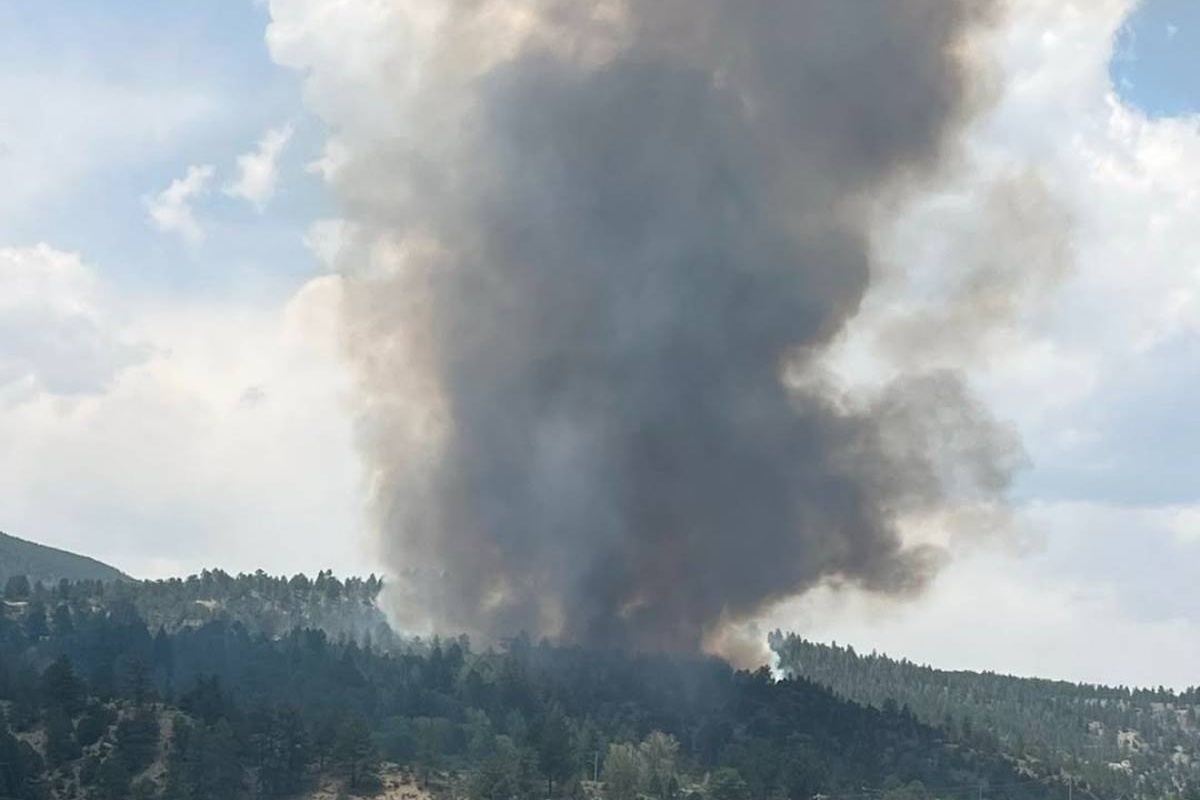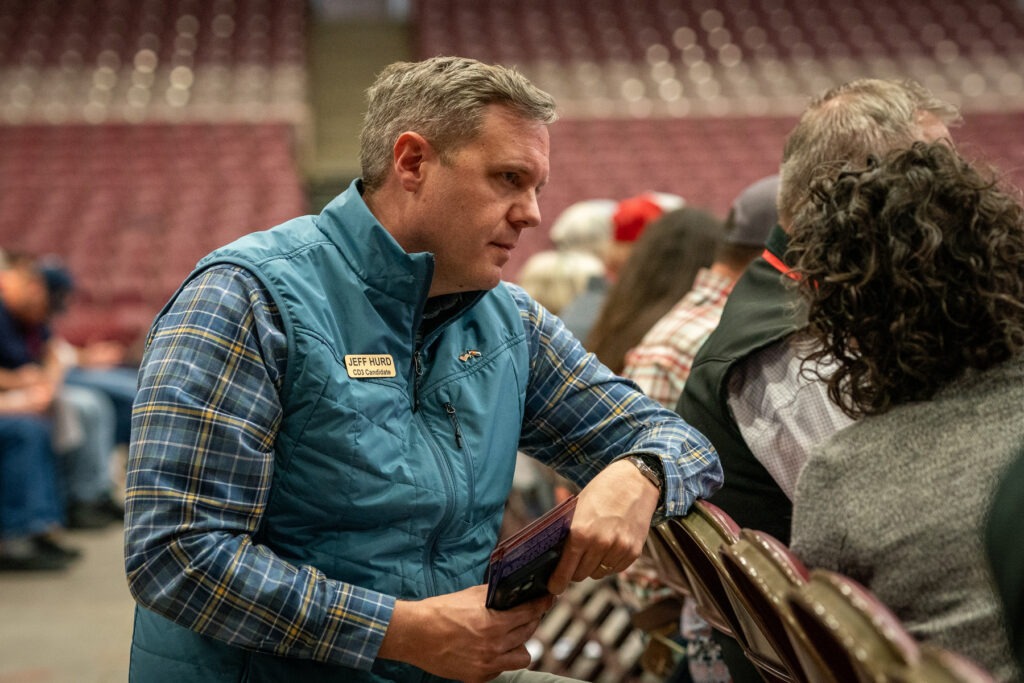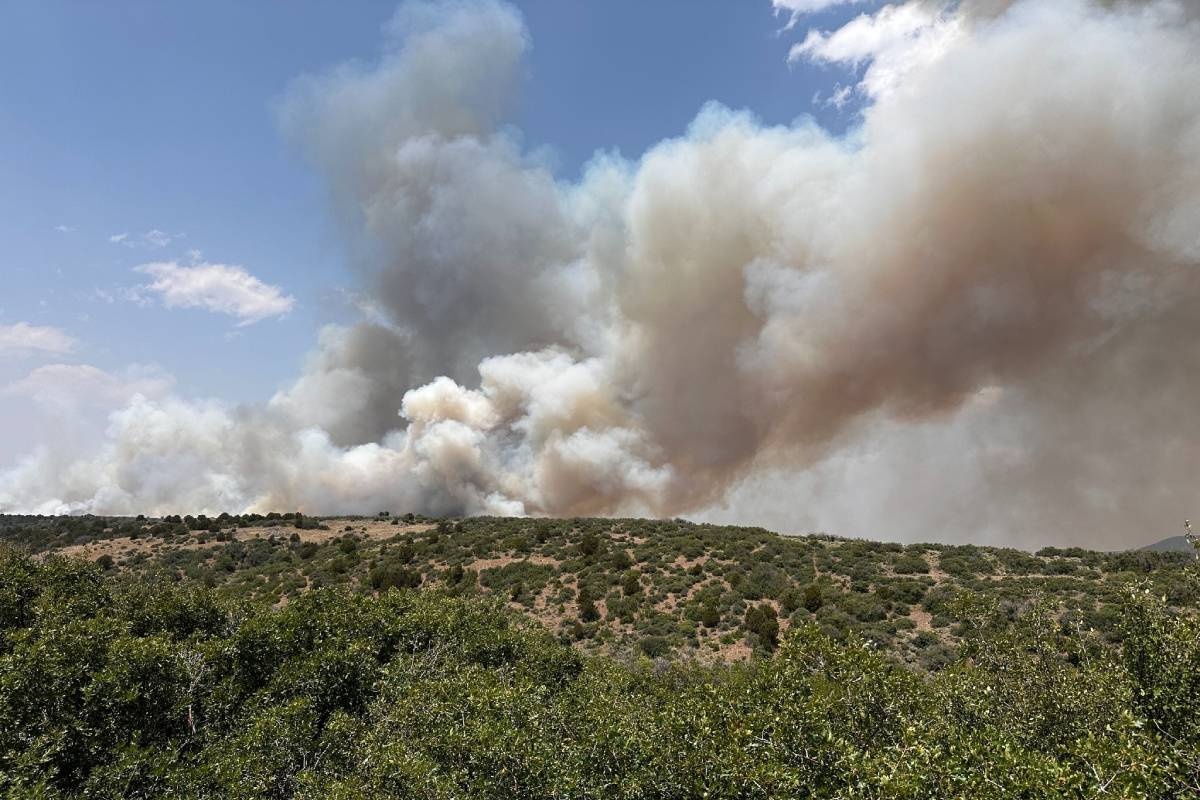
There are 3,361 personnel battling wildfires in Colorado, as of Tuesday morning. Authorities say, for the time being, that is sufficient for the job at hand.
Sharron Helmerick, a public information officer with the Rocky Mountain Fire Information Center in Lakewood, said Colorado is sharing the nation’s wildfire specialists mostly with California.
That state is also still dealing with a cluster of massive and deadly fires. Helmerick said the coordination has been running smoothly, even as officials adapt to a change in the seasonal workforce.
"It gets a little bit tight, because we do lose some of our summer employees,” Helmerick said. “But, actually we're doing well and we're able to manage what we have.”
Most of the people working Colorado’s major fires at this point in the season are year-round employees of various federal and state agencies.
Those crews are battling a series of late-season blazes. From as little as 8 people monitoring the Wild Horse Fire on Fort Carson Army Base, to 56 on the new Ice Fire west of Silverton, all the way up to 1,542 on the Cameron Peak Fire — the largest wildfire in Colorado state history.
To complicate matters, officials are also dealing with the logistical challenges involved in keeping the crews working to put out the fires safe from freezing nighttime temperatures, all while still abiding by COVID-19 precautions.
Helmerick said that often involves bringing crews down from the fires and finding them places to stay for the night, sending them back to the blaze the next morning.
“And, of course, when it’s really cold and depending on what the weather is, the fire can also lay down a bit. But, that’s not necessarily (the case),” Helmerick said. “This year, we have very, very dry conditions.”
Historically, most wildfires in Colorado are contained this late in the fall. However, climate change is increasingly making fire season an all year round affair for the state.









